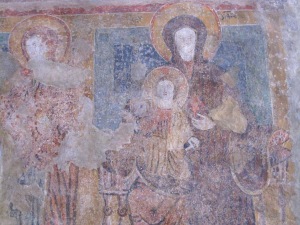Venice. The name inspires wonder and envy from those who have never seen it, but if you start asking about the city with your seasoned traveler friends, they tend to give a dismissive sniff and say with upturned noses, “Oh Venice, it’s totally overrated. Such a tourist trap. And so overpriced. You’re better off spending your time in Florence.”
While there may be some legitimacy to some of the complaints (there are a hella lot of English-speaking tourists, the mosquitoes are wicked), I found Venice to be delightful and full of hidden charms. If you play your cards right, you can escape the heaving masses to areas blessedly free of foot traffic, with only the slow slap of waves to break the silence. It probably helped that I had a few Veneto locals to steer me around. (Valeria, we love you.)
Some basics: Venice was historically one of Italy’s most powerful city-states, and with the strength of its navy, the Venetian empire conquered and sacked various parts of Croatia, Constantinople, Greece and the Near East. You can see Byzantine and Muslim influences in the architecture even today. The city is well-known for its system of canals, which crisscross and connect the six sestiere (city wards) of Venice. At the front of each gondola, there is a piece of metal that includes six notches, one for each sestiere. If you look at a map of Venice, the islands form a fish-like shape.
Continue reading Venice: Don’t Hate Me ‘Cause I’m Beautiful







